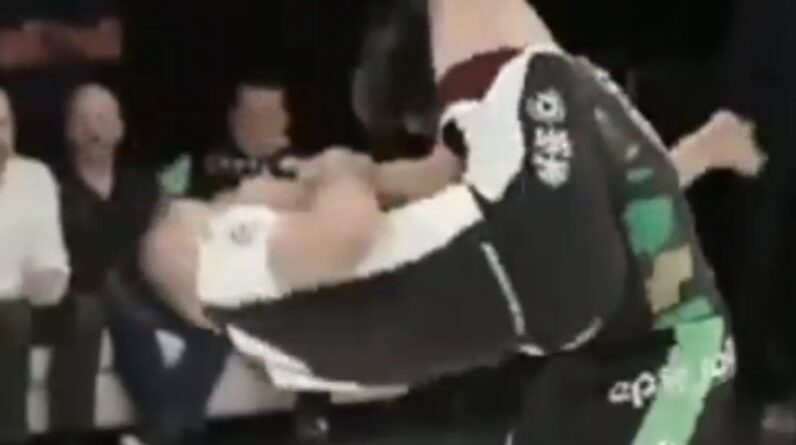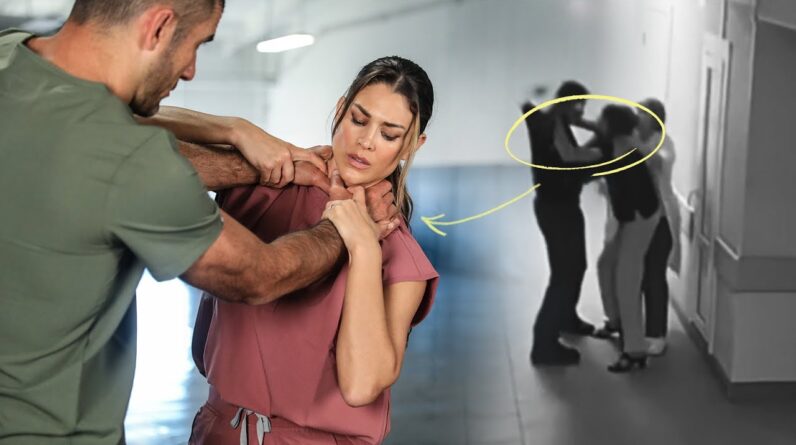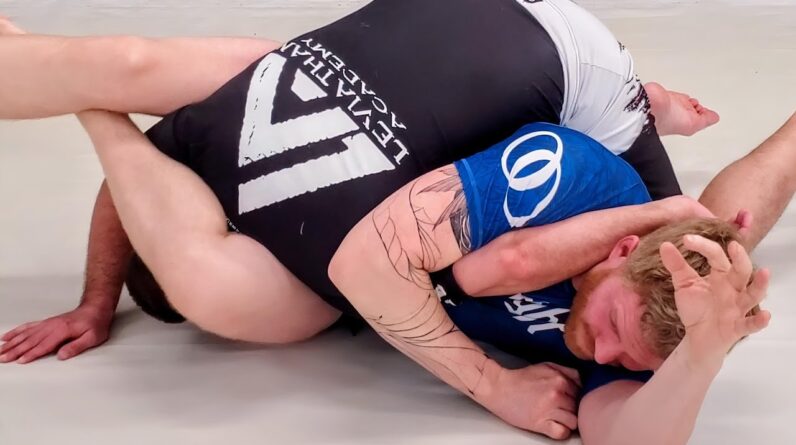My Kung Fu Master Is 200 Years Old
OK, if you’re reading my articles regularly, you know that I like learning new martial arts styles. Mostly I’ve focused on the Northern Chinese styles, the ones based around Wudang Mountain. I learned the classical Snake Style Kung Fu as a change up from jiu jutsu, and then learned a bit about the Southern (or “modern”) Snake Style that was created by Master Leung Tin Chu at the turn of the 20th century. Master Leung blended a lot of Shao Lin Kung Fu stances strikes with Wing Chun style fluid motions to create his Snake Style, and when I learned more about it, it got my curiosity piqued about Shao Lin style Kung Fu.
Like the northern styles, Shao Lin Kung Fu is a blend of philosophical techniques, and spiritualism with hard exercise meant to focus the mind and tone the body. Unlike the northern styles, Shao Lin practices focus a lot more on the physical nature of it. Not to the same extent that Tae Kwon Do or Karate do, mind, but much more so than the Wudang internal schools do.
Anyway, after learning about the Shao Lin influences, I had to go find a more “rigorous” source to see what was up. I found a dojo that I could visit as a student, and watched for a while, learning the differences in stances – Shao Lin stances are a lot more open and upright – there’s less of the “tiger crouch” in them, and more of a focus on using the arms and hands to block rather than redirect from what I’d learned. A lot of this is because the Shao Lin Kung Fu styles are built around the presumption of a weapon being in the practitioner’s hand, usually a staff, and that requires a more upright position than I was used to. After having come from jiu jutsu, it felt VERY weird having my center of gravity up so high, when going through the motions.
While there are leg braces and pull-me/push you maneuvers in Shao Lin styles, there are far less of them than there are in the Northern styles. There’s also less of a focus on defenses. Compared to the northern styles, the blocks are much more basic, and less fluid. Shao Lin Kung Fu, even more so than the Southern snake style, emphasizes a variety of punches, and upper body work.
One of the really interesting things about the school that I found, taught by Master Jung, was how limber he was. He seemed to be in his 60s or 70s, kind of stout, and thick around the middle. Yet there he was drilling guys twice his size and young enough to be his grand kids through throws, punches and forms. Hard to believe, I mean, yeah, martial arts movies always have The Old Master who sends the Young Pupil out to do things, but this was the first time I’d seen it in a commercial dojo. Jung looked like he was able to keep up the pace, and was very good at showing the different stances – Tiger Stance, Crane Stance, Snake Stance and Bear Stance are the ones that stuck out in my mind.
Unfortunately, his school was too far away for me to attend regularly – at least, not without breaking commitments to my own school, where I’m an assistant instructor. But still, what I learned there was pretty impressive. If you’re looking for a more action oriented style than traditional Kung Fu, or Wing Chun, Shao Lin schools are well worth looking into!


